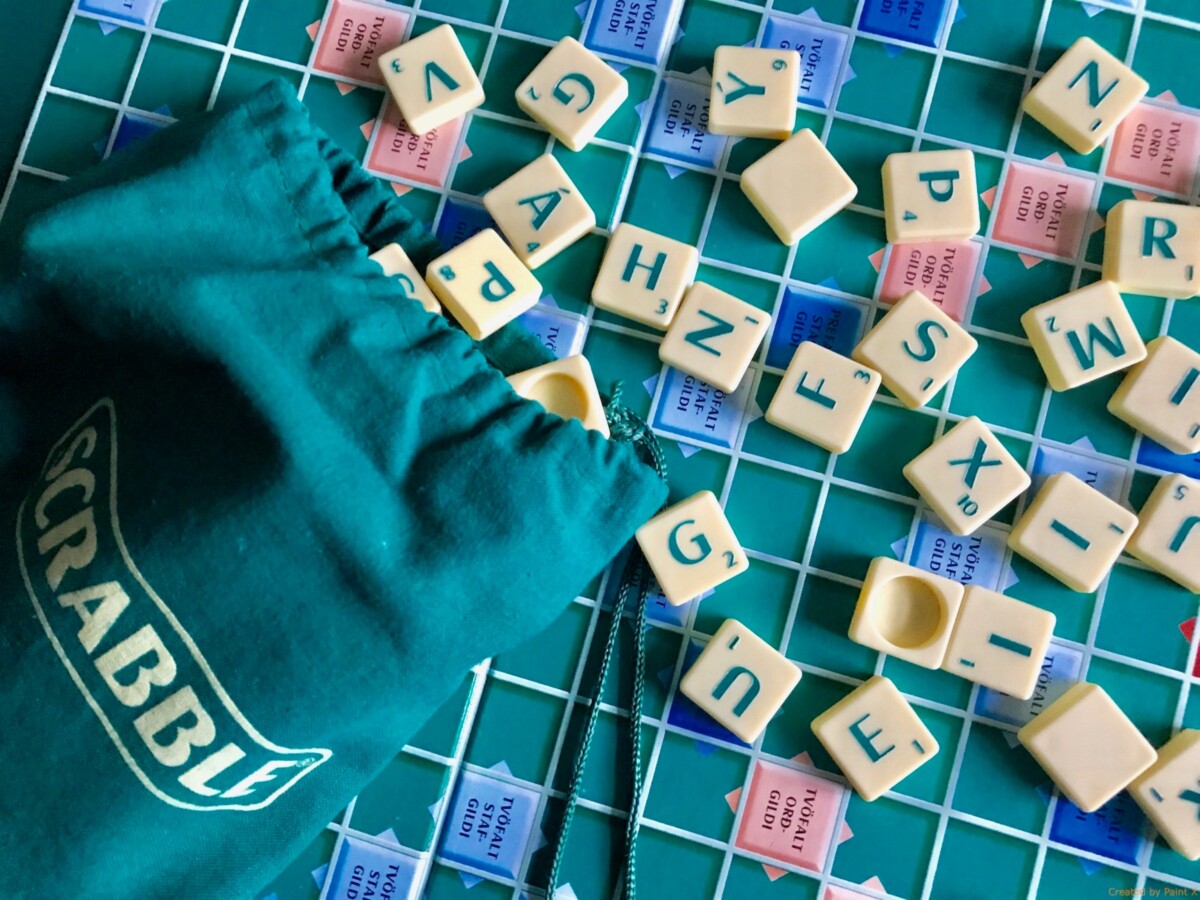The American Kennel Club’s purebred lineup has expanded to include an athletic Hungarian farm dog and a little pet of bygone Russian aristocrats.
This qualifies them to compete for best in show at a variety of dog shows in the United States, including the AKC’s annual championship and the famed Westminster Kennel Club show.
The mudi (pronounced “moody” by American admirers, but the vowel sound in Hungarian is closer to the “u” in “pudding”) developed from long lines of Hungarian sheepdogs before a museum director took an interest in the breed and named it around 1930.
They’re very perceptive, and they have a subtle quality and are very trainable, but they need things to do, said Kim Seiter, an Oak Ridge, New Jersey, dog agility trainer who has four of them. They’re not for the inactive person.
In 2004, the dogs — whose plural is “mudik” — were featured on postage stamps in Hungary, along with a few other Hungarian breeds.
By the early 1700s, small English terriers had gained the attention of Russian elites, and the Russian toy was born. Breeders claim the little dogs, which should weigh no more than 6.5 pounds (2.7 kg), have a leggy silhouette, a perky expression, and a lively demeanor.
“They’re extremely affectionate” with their owners but can be reserved with strangers and need to meet plenty of new people as pups, says Nona Dietrich of Minnetonka, Minnesota, a breeder and member of the Russian Toy Club of America. “And they’re funny. They have quite an attitude.”
The AKC is the oldest purebred dog registry in the United States. It recognizes 199 breeds, including the two newcomers, and governs many dog shows.
Recognition requirements include having at least 300 dogs of the breed spread around at least 20 states and promulgating a breed standard that specifies ideal features, from temperament to toes. Many popular hybrid or “designer” breeds, such as Labradoodles and puggles, aren’t recognized, but it’s possible they could be someday if breeders decide to pursue it.
Some animal rights and welfare advocates deplore dog breeding and the market for purebreds, saying they spur puppy mills and strand adoptable pets in shelters.
Breeding can be done responsibly, according to the AKC, and it preserves some predictable features that help people find and commit to the ideal dog for them.




